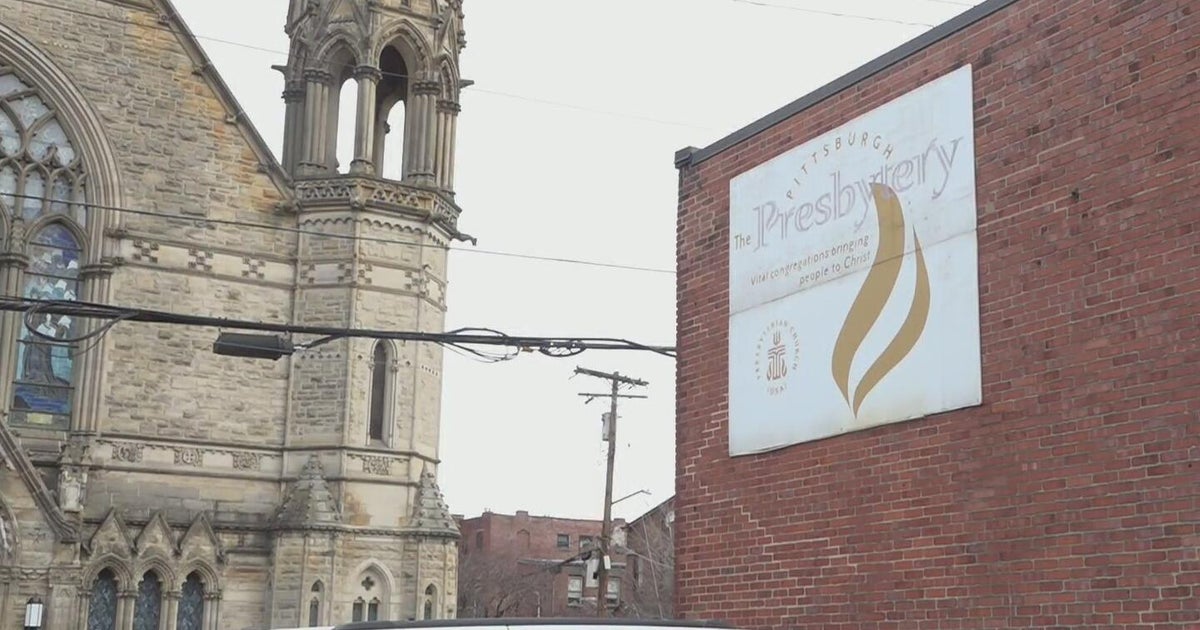How to settle tax debt in 2025
It isn't always easy to pay off what's owed to the Internal Revenue Service (IRS), especially as interest and penalties begin to accumulate on your tax debt. The IRS penalties on unpaid tax debt can be as high as 5% per month (up to 25% in total), after all, so it doesn't take a lot of time, or a massive balance, for what could have been a manageable debt to turn into one that you simply cannot afford to pay out of pocket.
Still, millions of Americans find themselves in this difficult position each year, and not all of them understand the options available to them. The good news is, though, that the IRS does offer help, including programs designed to help taxpayers settle their tax debt for less than the full balance. These options have evolved in recent years, and in certain cases, there are new provisions that may make resolution more accessible than in previous years.
That's an advantage for those who are trying to resolve their tax debts now. But understanding these programs and how to qualify for them is a crucial part of finding the right option for your financial situation. So, if you're unable to afford your tax bill and need to settle it, it's critical to know how you can do that in 2025.
Find out how to start settling your IRS tax debt today.
How to settle tax debt in 2025
There are a few different strategies you can use to try and settle your IRS tax debt, including:
An Offer in Compromise
The Offer in Compromise program allows qualifying taxpayers to settle their tax debt for less than the full amount owed. This option has become more accessible in 2025, with the IRS adopting more flexible evaluation standards. To qualify, you must demonstrate one of three conditions:
- Doubt as to collectibility (you cannot pay the full amount)
- Doubt as to liability (legitimate doubt that you owe the tax)
- Effective tax administration (exceptional circumstances where collection would create economic hardship)
The IRS evaluates your ability to pay based on assets, income, expenses and future earning potential. In 2025, they've adjusted their calculation formulas to account for increased living expenses, potentially making more taxpayers eligible for significant reductions in their tax debt.
Begin by using the IRS's Offer in Compromise Pre-Qualifier tool on their website to determine eligibility. If you qualify, submit Form 656 (Offer in Compromise) along with Form 433-A (Collection Information Statement) and the application fee (which may be waived for low-income taxpayers).
Speak to a tax relief specialist about your options now.
Currently Not Collectible status
If paying your tax debt would prevent you from meeting basic living expenses, you can request to have your account placed in Currently Not Collectible (CNC) status. While not a permanent solution, this temporary hardship status pauses collection efforts.
To request CNC status, contact the IRS and be prepared to complete Form 433-F (Collection Information Statement). You'll need to provide detailed financial information showing your inability to pay while maintaining necessary living expenses. The IRS may review your financial situation periodically to determine if your ability to pay has improved. Interest and penalties continue to accrue during CNC status, but collection actions like levies and garnishments are suspended.
Penalty abatement
The IRS's First-Time Penalty Abatement policy can provide relief from failure-to-file, failure-to-pay and failure-to-deposit penalties for a single tax period if you have a clean compliance history for the three years prior. So, pursuing this type of relief can effectively "settle" what you owe for less by removing these types of penalties from the total tax debt tally.
The IRS also expanded its reasonable cause criteria this year, so you may qualify if you can demonstrate that you failed to meet your tax obligations despite exercising ordinary business care and prudence. Common reasonable causes include serious illness, death in the family, natural disasters or unavoidable absence.
You can request penalty abatement by calling the IRS directly or by submitting Form 843 (Claim for Refund and Request for Abatement). Just be prepared to provide documentation supporting your reasonable cause claim.
Bankruptcy
While not specifically an IRS program, filing for bankruptcy can discharge certain tax debts in some situations. Generally, income tax debt may be dischargeable if:
- The taxes are at least three years old from the due date
- You filed the tax return at least two years before filing for bankruptcy
- The IRS assessed the tax at least 240 days before filing for bankruptcy
- You did not commit fraud or willful evasion
Bankruptcy should typically be considered a last resort after exploring other options, though, and it's important to consult with a bankruptcy attorney specializing in tax issues before pursuing this route.
The bottom line
There are numerous flexible options for settling your tax debt in 2025, but the key to success is taking prompt action when you find out you owe money to the IRS. The longer you wait, the more your tax debt grows through penalties and interest — and the fewer options you may have available.
Remember that the IRS generally wants to work with taxpayers to resolve debt issues. The agency typically prefers to collect partial payment through an agreement rather than spending resources on aggressive collection actions. So, by understanding your options and taking a few proactive steps, you may be able to find a path toward resolving your tax debt for less.






